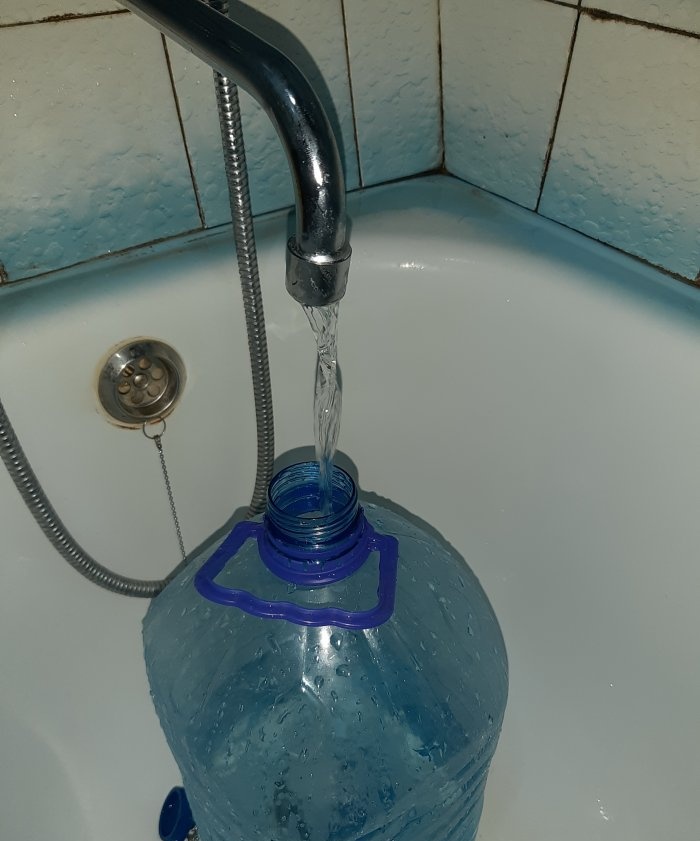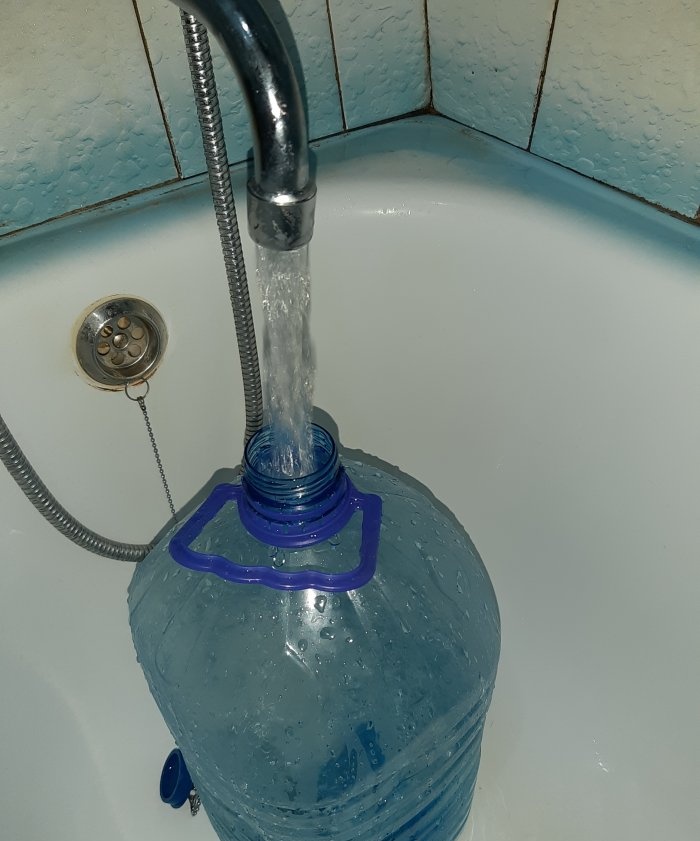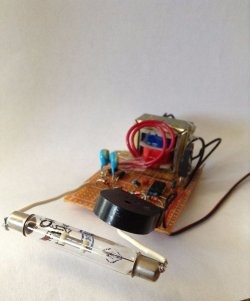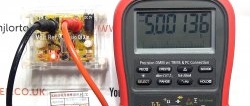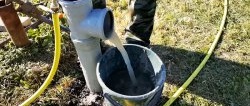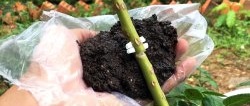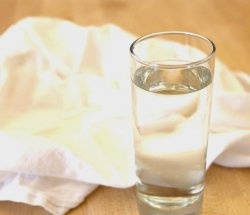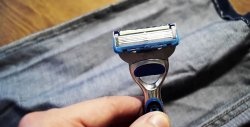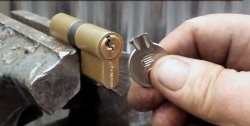Once I changed the water meters in my apartment, it was time, so to speak. I didn’t change it myself - I called a mechanic from the housing and communal services department. He replaced it, which means everything seems to be as it should be: the water meter is running, there are no questions. A month later, it was time to take readings, and then a bad surprise awaited me: the amount of water used in a month was almost twice as much as usual! It seemed like no one was pouring - I thought... Although, maybe someone in the house forgot the tap or something like that... I waited another month - the same story. And then I started thinking specifically. It was expensive to call a specialist to check the meter with a device, since all this is not free, and not cheap for 15 minutes of work. I decided to check the problematic meter myself.
Personally, I know only three ways to check a water meter, these are:
The first method: checking with a special device. Only specialists have this.
Second: suitable for those who have additional counters.That is, you hang another similar meter on the tap, let a certain amount of water flow through and then compare the readings of one device with another. Almost like the first method, but with a regular counter.
And the third method that I used. It is very simple and accessible to absolutely everyone. Does not require scarce instruments or devices. Very fast and efficient.
Will need
- A measuring container, which can be used as a three-liter jar, water bottle, or canister. The main condition is that it can be used to accurately measure the permissible volume of water. In a particularly extreme case, you can use scales to control the water in the container, instead of dividing, since 1 kilogram of water is equal to 1 liter (1 cubic decimeter).
Checking the water meter yourself
The technology is this: first of all, you need to choose one tap from which we will take water. I chose the faucet that was in the bathroom - it’s easier to place the container there. And other water consumers of this main must be blocked to avoid mistakes. In my case, I temporarily closed the valve on the toilet cistern.
Now place the container under the tap. We notice the initial readings of the water meter.
The dial shows liters, the final right digit is units of liters, the second is tens.
Next, open the tap and drain some water. In my case, I used a 10 liter bottle.
Close the tap and check the readings. If the meter shows more or less than 10 liters, the device is lying.
I recheck the normal device, so everything is perfect.
The most important! You must perform two identical checks. One with low water pressure, when the stream barely runs. And the other - on the maximum open tap.
Ideally, both tests should show the same result.
Summary of my checks
As a result of the checks I carried out, the meter overestimated the readings almost twice! And all this during the second check, when the tap was open as much as possible. With a thin stream it showed everything almost correctly.
I called that locksmith and explained the whole situation to him. He removed the meter and put it back. And lo and behold, everything began to work as it should!
It turns out that this bad person (radish), when installing the meter for the first time, lost the gasket included in the kit (there are two of them, they are inserted into the connecting pipes). And he cut out a similar one from rubber with scissors. I installed it at the meter input. What's wrong with that, you might think? The fact is that when the mechanic cut out the gasket, he narrowed the inner hole in it. As a result, with high water pressure (when the tap is open as much as possible), a jet stream was formed and hit the meter impeller directly. As a result, he spun twice as fast.
Like this! I would never have thought that this could happen. So, friends, if you suspect something suspicious with your metering devices, play it safe and check them yourself.


